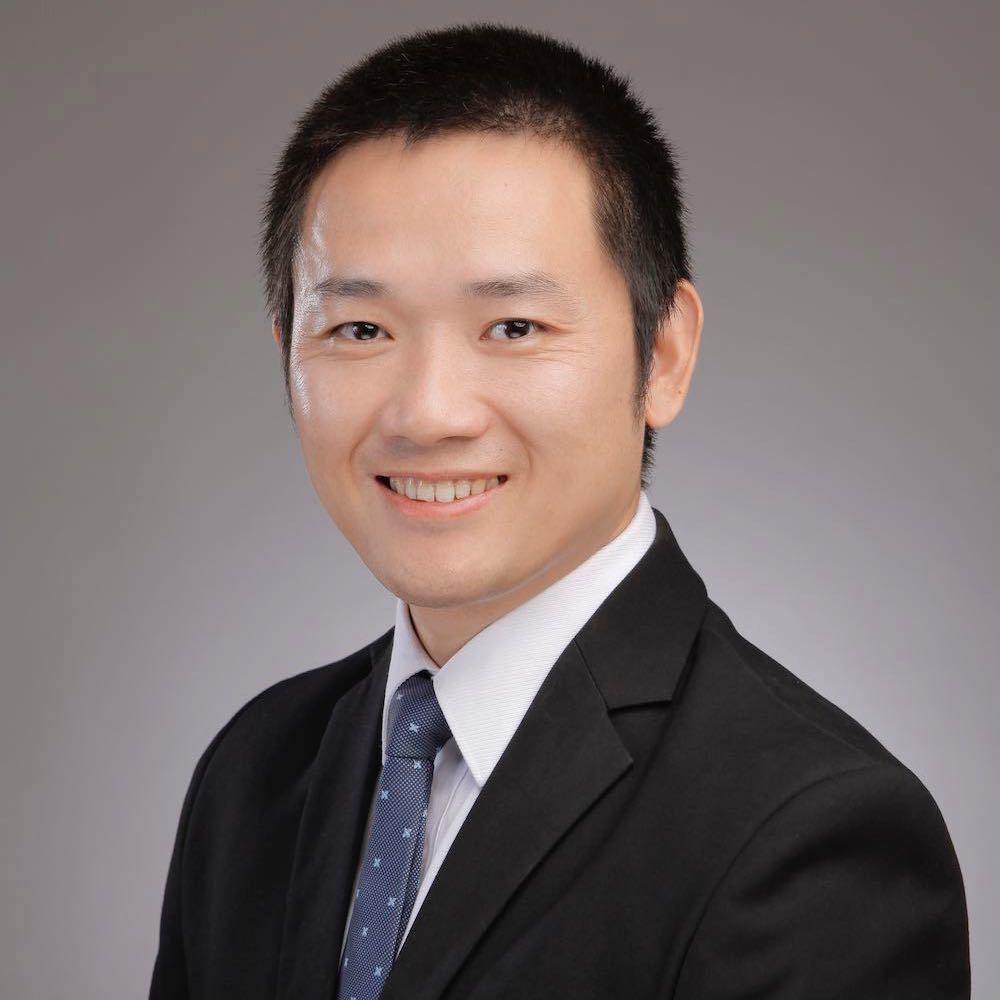
Speaker
Jin Xian-Min
Time
2022.11.02 16:00-17:30
Abstract
This year, the Nobel Prize in Physics has been awarded to quantum technology. After quantum mechanics, its theoretical interpretation was questioned by many physicists including Einstein. However, this did not prevent the outbreak of the first quantum technological revolution. Quantum manipulation at the ensemble level has given birth to important achievements such as atomic bombs, semiconductor transistors and lasers. With the proposition of Bell inequality in 1964, it is possible to verify basic quantum theories such as quantum entanglement by experiments. The three Nobel laureates in physics not only confirmed the existence of quantum entanglement, but also opened the second quantum technological revolution. This revolution has made it possible for humans to manipulate single quantum states with high precision, on a large scale and at a long distance, and has spawned innovative achievements in quantum communication, quantum measurement, quantum computing. This revolution is approaching the stage of industrialization and will be interwoven with a new generation of information technology, such as artificial intelligence, to form subversive innovation achievements. The application value of quantum technology will become increasingly apparent.
Bio
Xian-Min Jin is a professor at Shanghai Jiao Tong University (SJTU), Changjiang Scholar, the director of Center for Integrated Quantum Information Technologies (IQIT), the head of Chip Hub for Integrated Photonics Xplore (CHIPX), the founder and CEO of TURINGQ. His interests cover a broad spectrum ranging from quantum computing, quantum communication and quantum metrology with special focus on the subject of building large-scale quantum systems, via integrated photonics. He has published over 90 peer-reviewed journal papers listed in SCI, including 20 in PRL, 2 in Science, 3 in Science Advances, 9 in Nature Photonics, 1 in Nature Physics, 3 in Nature Communications, 2 in National Science Review, 2 in Advanced Materials, 6 in Optica, and more than 3000 citations.
